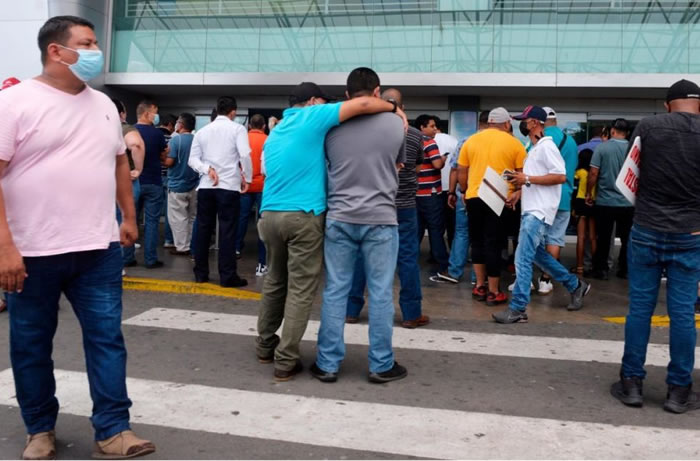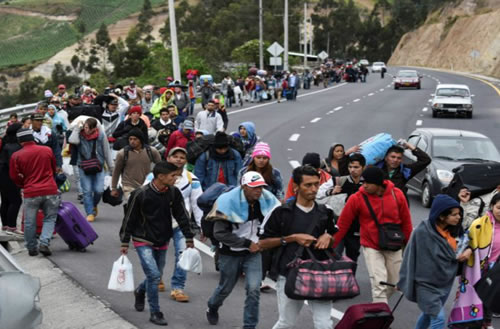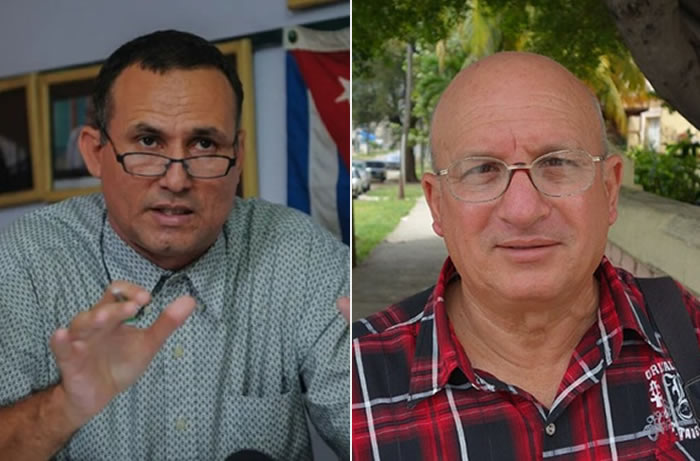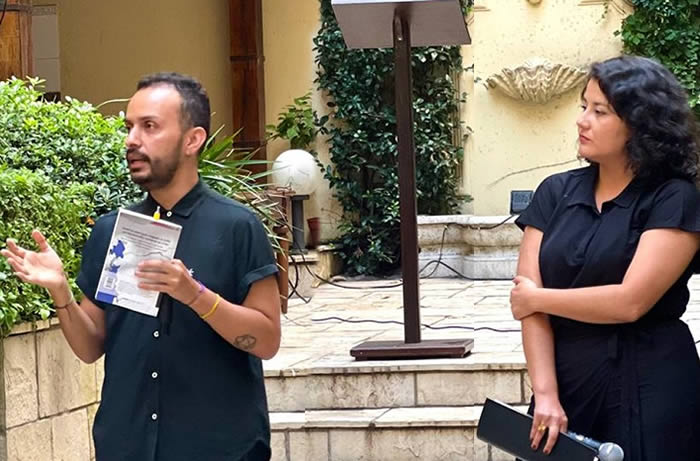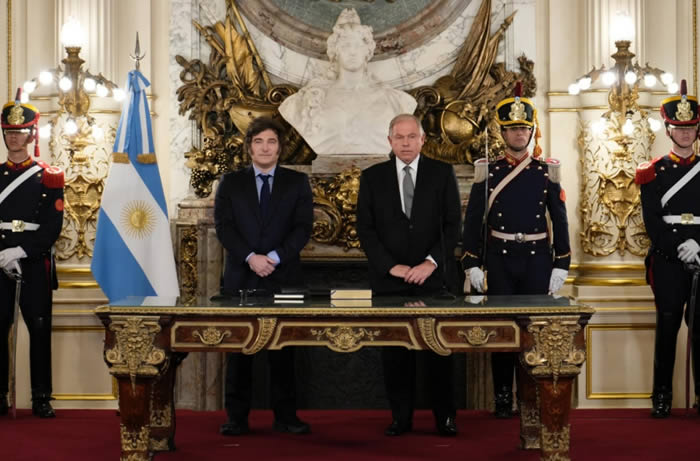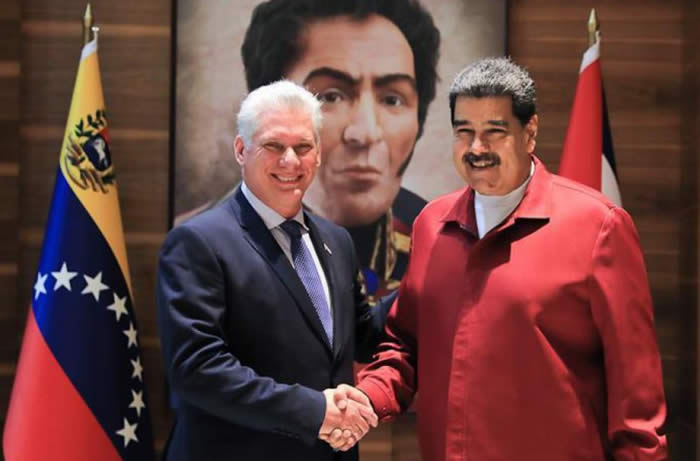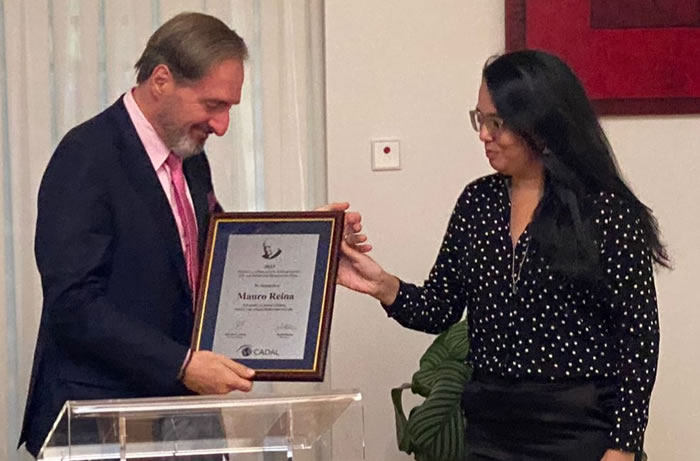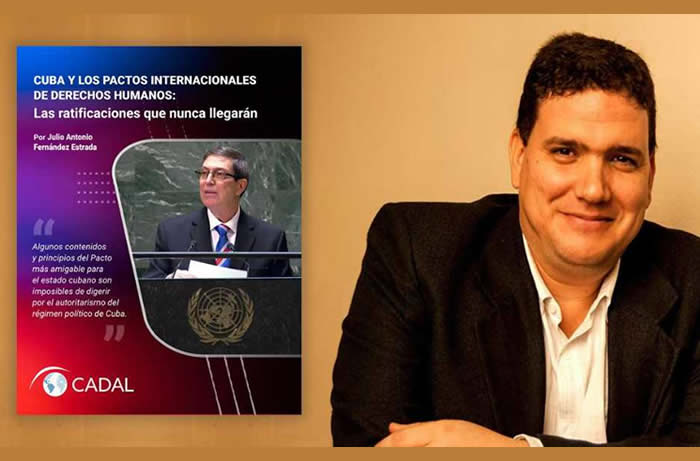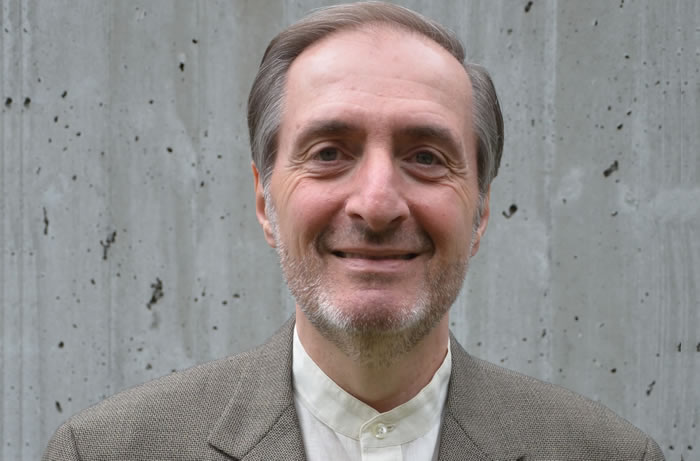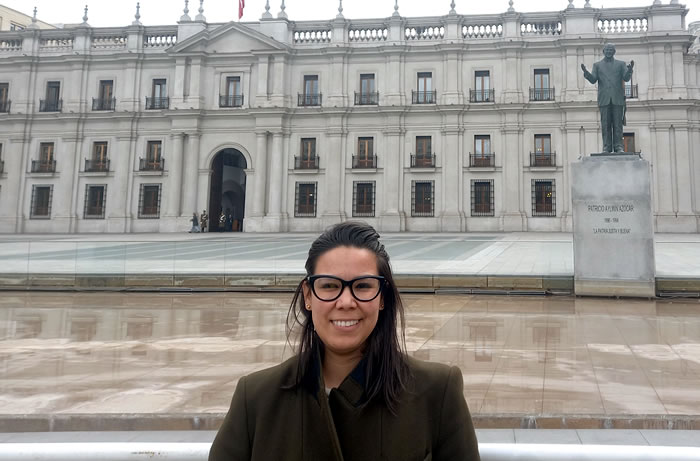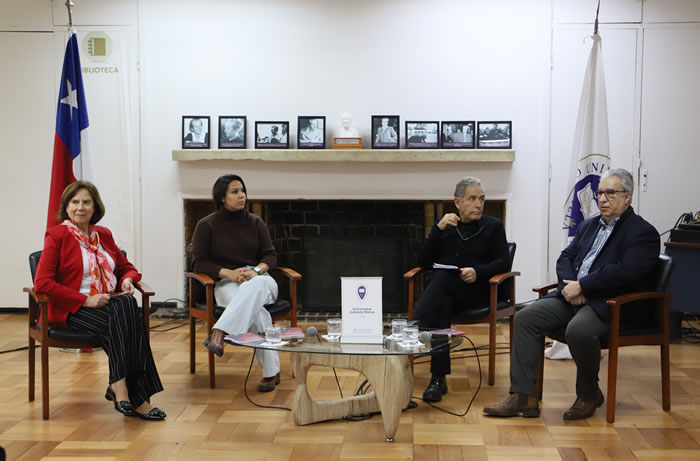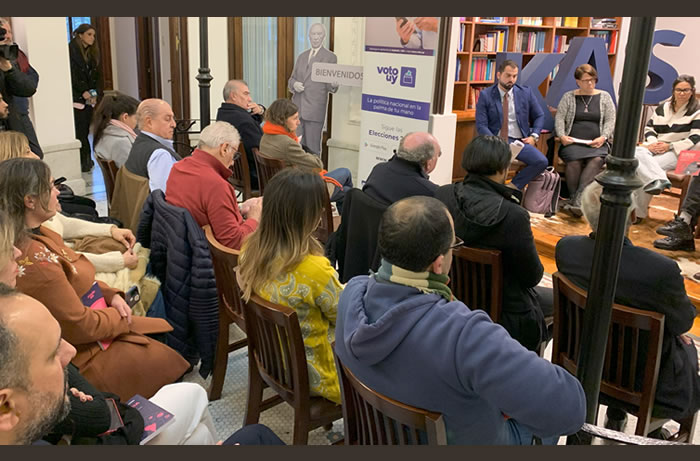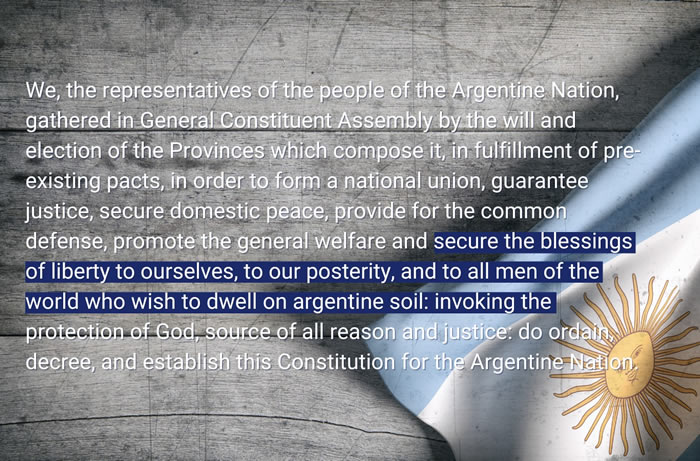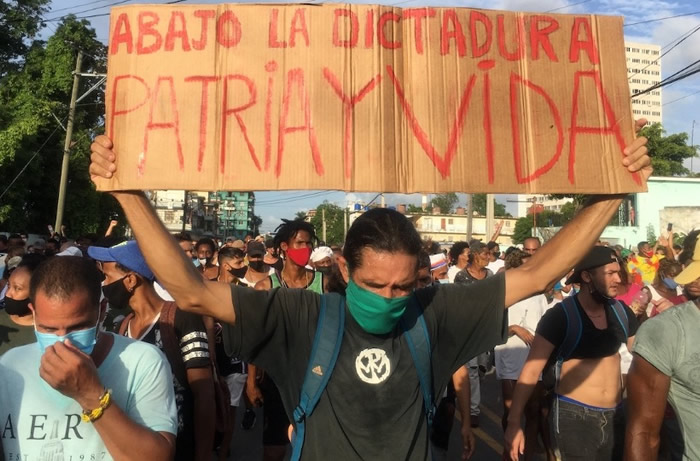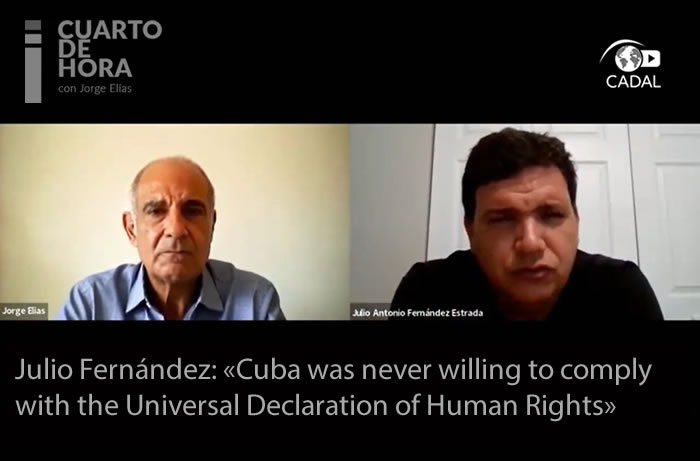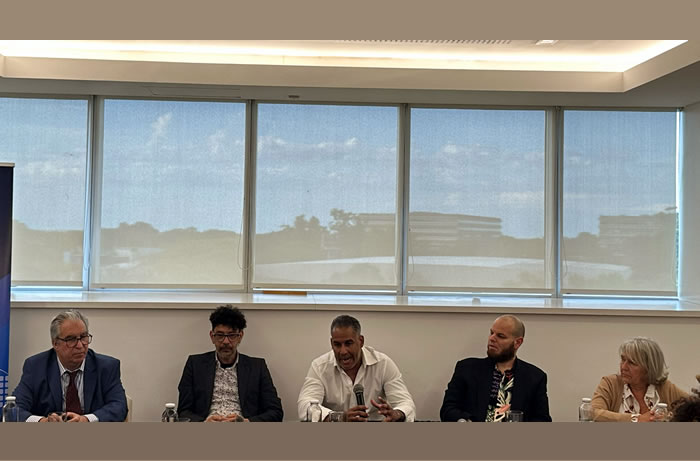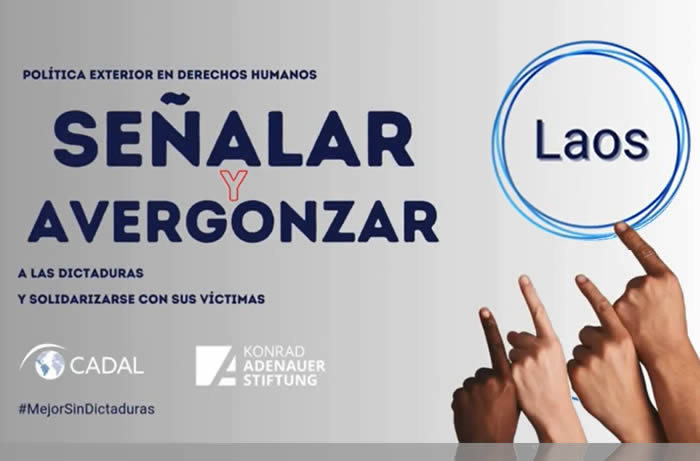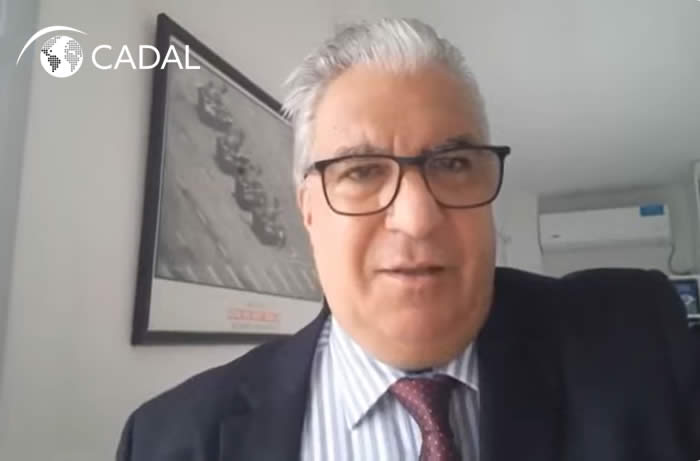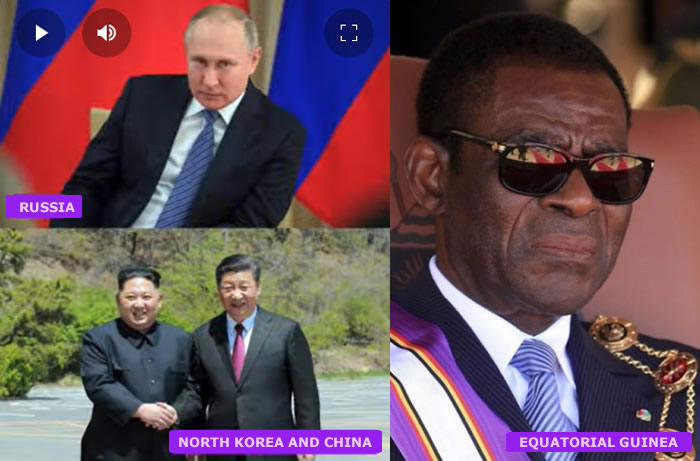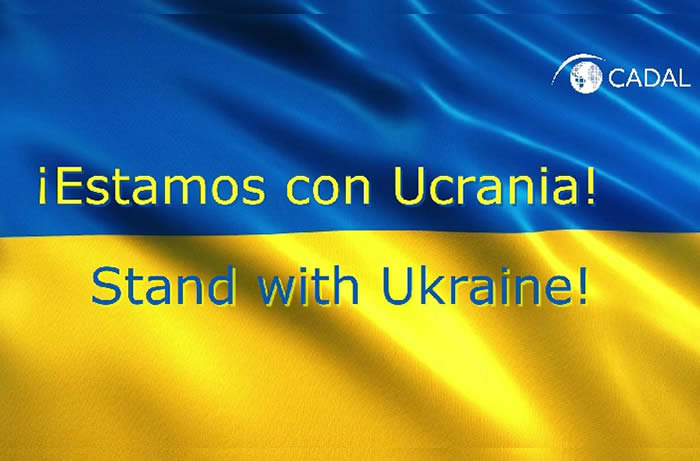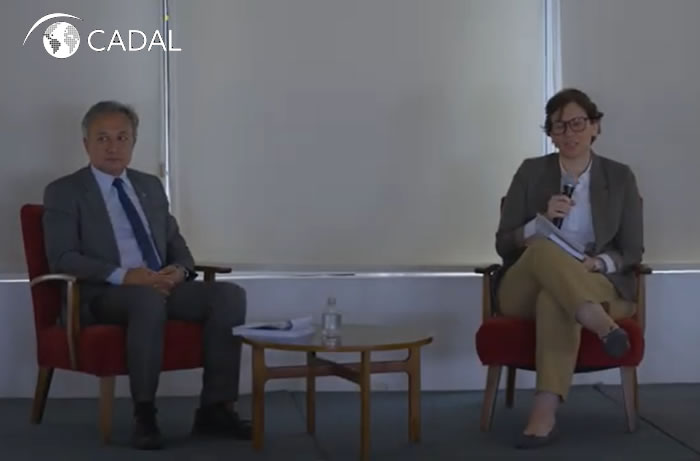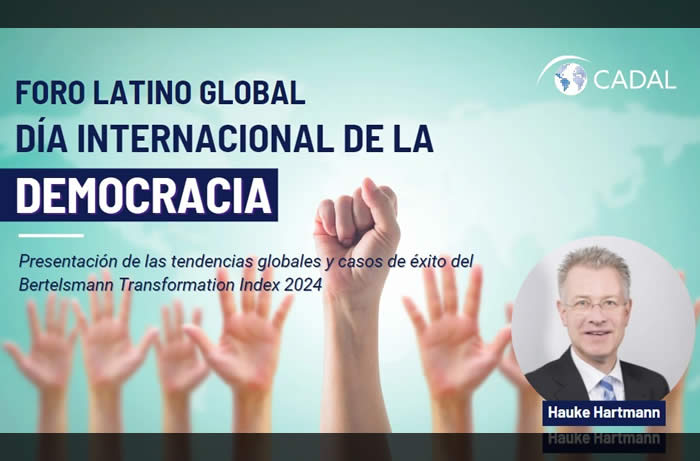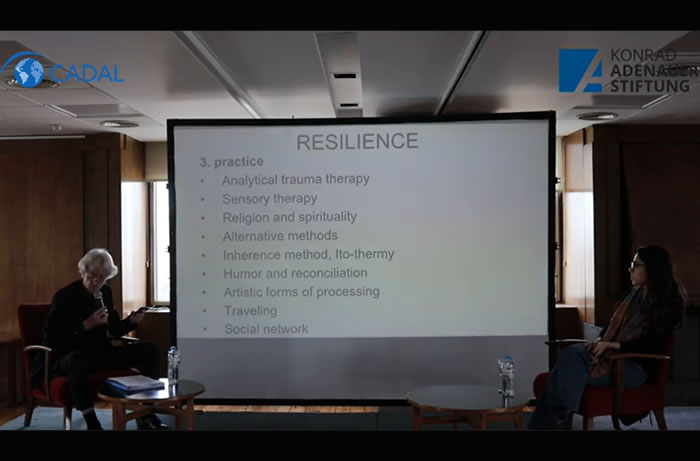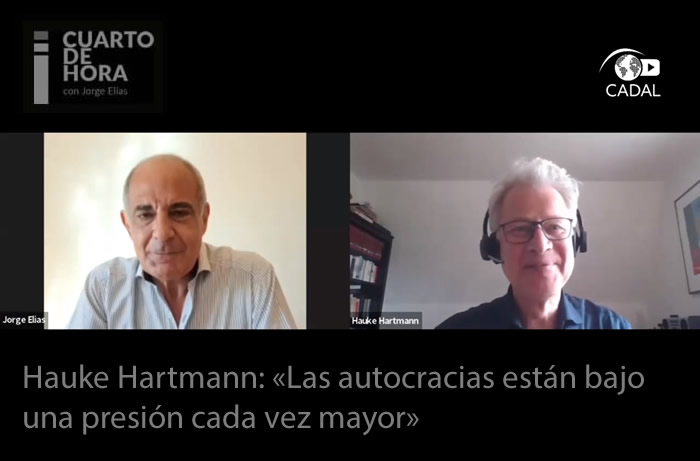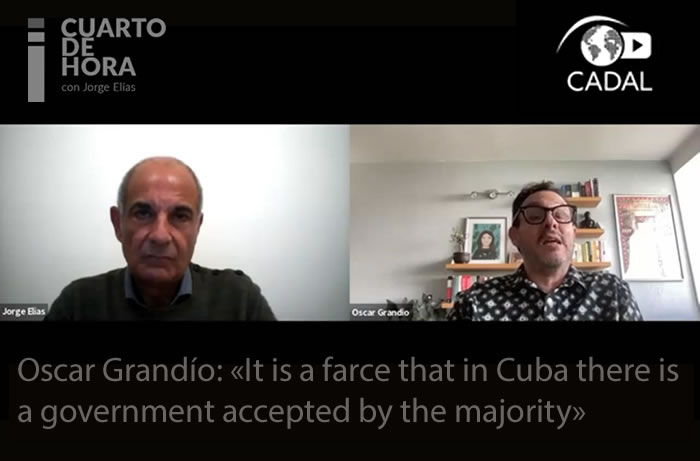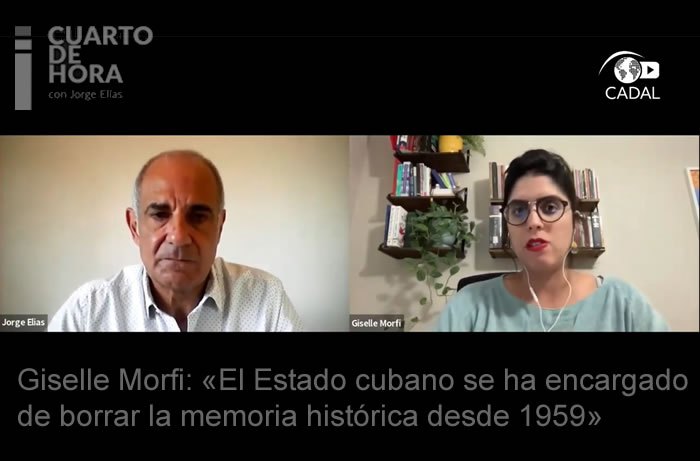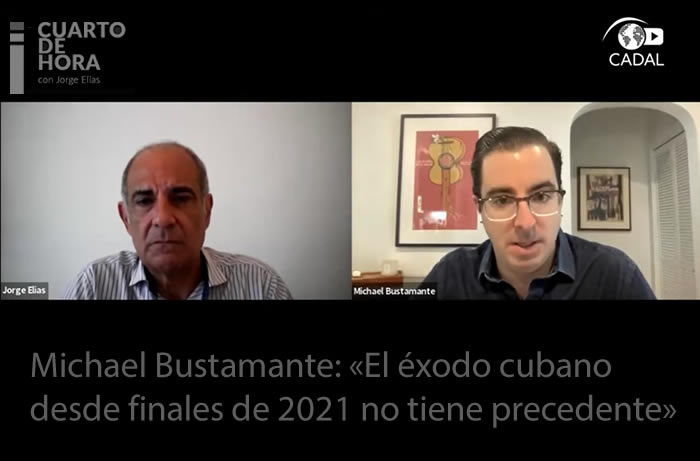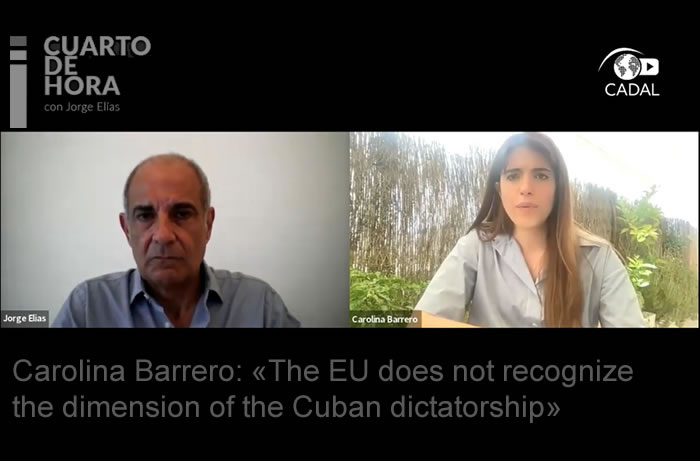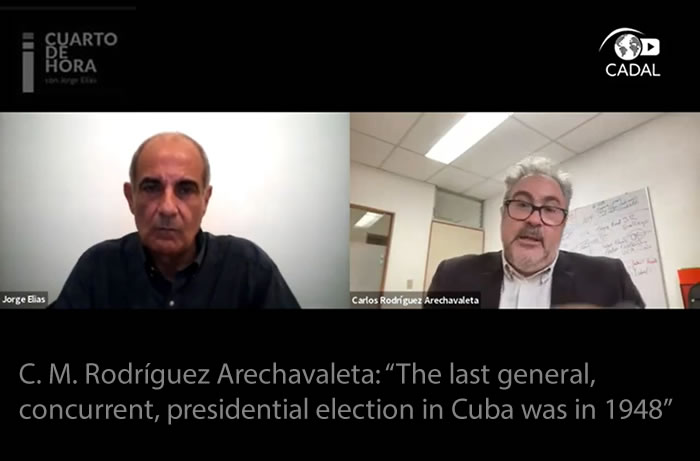Latino-Cuban Dialogue
Promotion of the Political Opening in Cuba
Cubans’ motorcycle diary woes
(Latin America Goes Global) Unlike their Latin American counterparts, Cubans face unique challenges traveling and emigrating within Latin America. And that doesn’t include the trouble leaving the island.
(Latin America Goes Global) Most academic and media descriptions of the Cuban diaspora focus on Cubans in the United States. This emphasis makes sense; 80% of Cuban immigrants reside there. But current events show the need to consider Latin American migration policies toward Cubans.
On January 2017, President Barack Obama suspended the “Wet Foot/Dry Foot” policy that granted Cubans the right to receive permanent residence status upon reaching U.S. territory. Since then, Cubans who had left the island but had not yet reached U.S. soil have been held in limbo in Mexico, Central America and other South American countries. For Cuban travelers and would-be emigrants, Latin American immigration policies have become more important than ever.
It’s hard to leave Cuba and hard to travel abroad if you’re a Cuban. Beyond the obvious physical barriers affecting the inhabitants of any island country, the regime has imposed immigration restrictions—though those were loosened in 2013. At the same time, once they reach Latin American shores, Cubans face more legal obstacles than do citizens from other Latin American states. By world standards Latin America is a relatively open region in terms of migration policy and is characterized by high levels of intra-regional migration. So why are Cubans treated differently?
Restrictions on emigration and travel from and to Cuba
Article 13 of the Universal Declaration of Human Rights of 1948 declares that everyone has “the right to freedom of movement and residence within the borders of each state,” and also “the right to leave any country, including his [her] own, and to return to his [her] country.” Despite the apparent global consensus regarding this basic right, during the Cold War communist countries openly restricted their citizens’ freedom to emigrate, among them Cuba. Formal permission to leave the island for any reason was nearly impossible to acquire, except for the regime’s elites. For ordinary people, leaving the island was considered “abandonment” and resulted in the loss of all other rights associated with citizenship.
As the Cold War wound down and the Cuban economy went into recession, the government gradually loosened some of these restrictions and toned down the acrimonious criticism of Cuban exiles, although still not in line with the policies in many other countries. By 2013, Cuba had introduced measures to make it slightly easier for people (exempting former political prisoners) to receive exit permits. This policy change was in part to assuage international critics of Cuban regime, especially as both the E.U. and the U.S. were already or appeared ready to engage in negotiations to restore relations.
Despite reforms, numerous formal obstacles remain. For example, Cubans who emigrate (and the family members they leave behind) are likely to lose property and financial assets, making it difficult for them and their families. Because of this, once an individual decides to leave the island it becomes very difficult to return. Even if he or she does wish to do so, they may not be issued an entry permit, or, if they do return, may not be guaranteed an exit permit. Incentives to come back to their home country are further curtailed as members of the diaspora must pay an entry fee higher than what foreign tourists are charged, and they are forbidden from owning or operating businesses.
There were restrictions on the other side was well. The administration of President George W. Bush imposed restrictions on Cuban-American travel to the island and the amount of remittances they could send to the island. President Barack Obama’s administration lifted those restrictions in 2009.
The Cuban government also exacted its own form of revenge on Cubans who fled. Unlike other Latin American countries, such as Mexico, because of the historical acrimony between the regime and the diaspora, the Cuban government discouraged economic or civic activities (what scholars call transnational engagement) between Cuban emigrants and Cuban citizens. Furthermore, the high costs and limitations of internet use in Cuba restricted communication between Cubans and Cuban-Americans on either side of the Florida Straits. As a result, the back and forth or circular migration that is common in other Latin American countries, such as, the Dominican Republic, has been far less in Cuba.
Restrictions encountered by Cuban travelers and immigrants in Latin America
The right to enter or immigrate to other countries is not enshrined in the 1948 Universal Declaration in the same way that the right to emigrate is. In an ideal world, states would compete for citizens who are free to move across borders. Given the current global public debate, we are unlikely to see this kind of world soon. But within open, democratic systems, the free movement and migration of citizens is permitted, and even seen as a cause for celebration. In one example, in 2012 Colombian President Juan Manuel Santos bragged that Colombians had recently acquired the ability to go visa-free to Mexico, Turkey, and Ecuador.
The same is not true for Cubans traveling beyond their borders. The Henley Visa Restrictions Index ranks countries according to the ease of international travel their citizens enjoy. In the 2015 index, Cuban passport holders could visit 59 countries without a visa, placing Cuba lower than any other country in Western Hemisphere except the Dominican Republic (citizens of which could visit 53 countries visa-free) and Haiti (passport-holders from which could enter only 45 countries). In contrast, Argentines could visit 150 countries visa-free, Mexicans, 133 and Guatemalans, 113.
Within Latin America, the differences between Cubans and other Latin American citizens is even more stark. In 2016, drawing on official sources, according to my calculations, every Latin American country required a visa for Cuban citizens to visit. Passport holders from other countries in the region faced no similar barriers. Argentines, Mexicans, Panamanians, Paraguayans, and Uruguayans only needed a tourist visa to visit one other Latin American country—Cuba. Dominicans could visit five of 18 countries visa-free, Ecuadoreans could enter 13, and Colombians 14. Beyond the formal visa requirements, some countries even impose burdensome obligations to disclose seemingly intrusive financial and medical information.
Cuba also maintains stricter controls on the travel of its Latin American counterparts than any other country in the region. In 2016, citizens from all countries in the Western Hemisphere were required to have a visa to enter Cuba, with the partial exception of Nicaraguans, who could enter with an ordinary passport if they were part of an “official mission.” The next most restrictive country, Mexico, required visas for citizens from eight of 18 Latin American countries, followed by Nicaragua and Peru, both of which required visas from seven countries. In stark contrast, Bolivia only required visas from Cuban travelers.
Part of this is explained by regional integration. Multilateral engagement and agreements have driven these levels of freedom of movement in Latin America; but Cuba is not a member of many of the blocs that have made the most progress toward agreements facilitating temporary and permanent travel, particularly, Mercosur and the Andean Community. And the large regional bloc that Cuba is a member of, the Bolivarian Alliance for the Peoples of Our America (ALBA)—which it helped found—has no established agreement for freedom of travel. Although several ALBA resolutions have criticized the U.S. and the European Union for restrictive immigration policies and have called for an end to mass deportations and the destruction of the U.S.-Mexico border wall, there has been no initiative to promote freedom of movement within the ALBA countries themselves.
The unique situation of Cuban citizens’ travel restrictions both sides of the Cuban border has not escaped international attention. A 2011 report commissioned by Florida International University recommended that: 1) the Cuba government remove additional obstacles to emigration; 2) the Cuban government make greater efforts to permit members of the diaspora to return to Cuba more freely; and 3) Latin American receiving countries treat in-transit Cubans more humanely. Although, these suggestions have not been implemented, the Mexican government established a regularization program for migrants who entered Mexico between January 9, 2015 and January 9, 2017 that may benefit Cubans in transit.
During the Cold War, migration policies took the form of “high politics.” The U.S. policy of automatic asylum for Cubans was intended as symbolic foreign policy, shining a spotlight on peoples’ desire to escape from Communist regimes. With events in the Middle East, Europe and the U.S., migration has returned to a position of prominence—often now debated as an issue of security.
But in Latin America there is no security impediment to accepting Cubans. While the Cuban government may well see the travel of its citizens to foreign lands as a threat, there is no reason why countries in the region cannot reduce their barriers to Cuban travelers and immigrants to meet what has become a Latin American standard. That would constitute a big step toward greater freedom of movement for Cubans with relatively low political cost irrespective of the restrictions the Cuban regimes places on its own people.
Sybil Rhodes is vice-president of Cadal and director of Department of Political Science and International Relations at UCEMA.
Fuente: Latin America Goes Global (Estados Unidos)
 Sybil RhodesPresident of CADALDirector of the Department of Political and Legal Sciences, the Degree in International Relations and the MSc in International Studies at CEMA University. PhD in Political Science at Stanford and with a degree in Latin American Studies at the University of North Carolina at Chapel Hill. She is an expert on the field of international relations and comparative political studies.
Sybil RhodesPresident of CADALDirector of the Department of Political and Legal Sciences, the Degree in International Relations and the MSc in International Studies at CEMA University. PhD in Political Science at Stanford and with a degree in Latin American Studies at the University of North Carolina at Chapel Hill. She is an expert on the field of international relations and comparative political studies.
(Latin America Goes Global) Most academic and media descriptions of the Cuban diaspora focus on Cubans in the United States. This emphasis makes sense; 80% of Cuban immigrants reside there. But current events show the need to consider Latin American migration policies toward Cubans.
On January 2017, President Barack Obama suspended the “Wet Foot/Dry Foot” policy that granted Cubans the right to receive permanent residence status upon reaching U.S. territory. Since then, Cubans who had left the island but had not yet reached U.S. soil have been held in limbo in Mexico, Central America and other South American countries. For Cuban travelers and would-be emigrants, Latin American immigration policies have become more important than ever.
It’s hard to leave Cuba and hard to travel abroad if you’re a Cuban. Beyond the obvious physical barriers affecting the inhabitants of any island country, the regime has imposed immigration restrictions—though those were loosened in 2013. At the same time, once they reach Latin American shores, Cubans face more legal obstacles than do citizens from other Latin American states. By world standards Latin America is a relatively open region in terms of migration policy and is characterized by high levels of intra-regional migration. So why are Cubans treated differently?
Restrictions on emigration and travel from and to Cuba
Article 13 of the Universal Declaration of Human Rights of 1948 declares that everyone has “the right to freedom of movement and residence within the borders of each state,” and also “the right to leave any country, including his [her] own, and to return to his [her] country.” Despite the apparent global consensus regarding this basic right, during the Cold War communist countries openly restricted their citizens’ freedom to emigrate, among them Cuba. Formal permission to leave the island for any reason was nearly impossible to acquire, except for the regime’s elites. For ordinary people, leaving the island was considered “abandonment” and resulted in the loss of all other rights associated with citizenship.
As the Cold War wound down and the Cuban economy went into recession, the government gradually loosened some of these restrictions and toned down the acrimonious criticism of Cuban exiles, although still not in line with the policies in many other countries. By 2013, Cuba had introduced measures to make it slightly easier for people (exempting former political prisoners) to receive exit permits. This policy change was in part to assuage international critics of Cuban regime, especially as both the E.U. and the U.S. were already or appeared ready to engage in negotiations to restore relations.
Despite reforms, numerous formal obstacles remain. For example, Cubans who emigrate (and the family members they leave behind) are likely to lose property and financial assets, making it difficult for them and their families. Because of this, once an individual decides to leave the island it becomes very difficult to return. Even if he or she does wish to do so, they may not be issued an entry permit, or, if they do return, may not be guaranteed an exit permit. Incentives to come back to their home country are further curtailed as members of the diaspora must pay an entry fee higher than what foreign tourists are charged, and they are forbidden from owning or operating businesses.
There were restrictions on the other side was well. The administration of President George W. Bush imposed restrictions on Cuban-American travel to the island and the amount of remittances they could send to the island. President Barack Obama’s administration lifted those restrictions in 2009.
The Cuban government also exacted its own form of revenge on Cubans who fled. Unlike other Latin American countries, such as Mexico, because of the historical acrimony between the regime and the diaspora, the Cuban government discouraged economic or civic activities (what scholars call transnational engagement) between Cuban emigrants and Cuban citizens. Furthermore, the high costs and limitations of internet use in Cuba restricted communication between Cubans and Cuban-Americans on either side of the Florida Straits. As a result, the back and forth or circular migration that is common in other Latin American countries, such as, the Dominican Republic, has been far less in Cuba.
Restrictions encountered by Cuban travelers and immigrants in Latin America
The right to enter or immigrate to other countries is not enshrined in the 1948 Universal Declaration in the same way that the right to emigrate is. In an ideal world, states would compete for citizens who are free to move across borders. Given the current global public debate, we are unlikely to see this kind of world soon. But within open, democratic systems, the free movement and migration of citizens is permitted, and even seen as a cause for celebration. In one example, in 2012 Colombian President Juan Manuel Santos bragged that Colombians had recently acquired the ability to go visa-free to Mexico, Turkey, and Ecuador.
The same is not true for Cubans traveling beyond their borders. The Henley Visa Restrictions Index ranks countries according to the ease of international travel their citizens enjoy. In the 2015 index, Cuban passport holders could visit 59 countries without a visa, placing Cuba lower than any other country in Western Hemisphere except the Dominican Republic (citizens of which could visit 53 countries visa-free) and Haiti (passport-holders from which could enter only 45 countries). In contrast, Argentines could visit 150 countries visa-free, Mexicans, 133 and Guatemalans, 113.
Within Latin America, the differences between Cubans and other Latin American citizens is even more stark. In 2016, drawing on official sources, according to my calculations, every Latin American country required a visa for Cuban citizens to visit. Passport holders from other countries in the region faced no similar barriers. Argentines, Mexicans, Panamanians, Paraguayans, and Uruguayans only needed a tourist visa to visit one other Latin American country—Cuba. Dominicans could visit five of 18 countries visa-free, Ecuadoreans could enter 13, and Colombians 14. Beyond the formal visa requirements, some countries even impose burdensome obligations to disclose seemingly intrusive financial and medical information.
Cuba also maintains stricter controls on the travel of its Latin American counterparts than any other country in the region. In 2016, citizens from all countries in the Western Hemisphere were required to have a visa to enter Cuba, with the partial exception of Nicaraguans, who could enter with an ordinary passport if they were part of an “official mission.” The next most restrictive country, Mexico, required visas for citizens from eight of 18 Latin American countries, followed by Nicaragua and Peru, both of which required visas from seven countries. In stark contrast, Bolivia only required visas from Cuban travelers.
Part of this is explained by regional integration. Multilateral engagement and agreements have driven these levels of freedom of movement in Latin America; but Cuba is not a member of many of the blocs that have made the most progress toward agreements facilitating temporary and permanent travel, particularly, Mercosur and the Andean Community. And the large regional bloc that Cuba is a member of, the Bolivarian Alliance for the Peoples of Our America (ALBA)—which it helped found—has no established agreement for freedom of travel. Although several ALBA resolutions have criticized the U.S. and the European Union for restrictive immigration policies and have called for an end to mass deportations and the destruction of the U.S.-Mexico border wall, there has been no initiative to promote freedom of movement within the ALBA countries themselves.
The unique situation of Cuban citizens’ travel restrictions both sides of the Cuban border has not escaped international attention. A 2011 report commissioned by Florida International University recommended that: 1) the Cuba government remove additional obstacles to emigration; 2) the Cuban government make greater efforts to permit members of the diaspora to return to Cuba more freely; and 3) Latin American receiving countries treat in-transit Cubans more humanely. Although, these suggestions have not been implemented, the Mexican government established a regularization program for migrants who entered Mexico between January 9, 2015 and January 9, 2017 that may benefit Cubans in transit.
During the Cold War, migration policies took the form of “high politics.” The U.S. policy of automatic asylum for Cubans was intended as symbolic foreign policy, shining a spotlight on peoples’ desire to escape from Communist regimes. With events in the Middle East, Europe and the U.S., migration has returned to a position of prominence—often now debated as an issue of security.
But in Latin America there is no security impediment to accepting Cubans. While the Cuban government may well see the travel of its citizens to foreign lands as a threat, there is no reason why countries in the region cannot reduce their barriers to Cuban travelers and immigrants to meet what has become a Latin American standard. That would constitute a big step toward greater freedom of movement for Cubans with relatively low political cost irrespective of the restrictions the Cuban regimes places on its own people.
Sybil Rhodes is vice-president of Cadal and director of Department of Political Science and International Relations at UCEMA.
Fuente: Latin America Goes Global (Estados Unidos)




 Leer esta nota en Español
Leer esta nota en Español